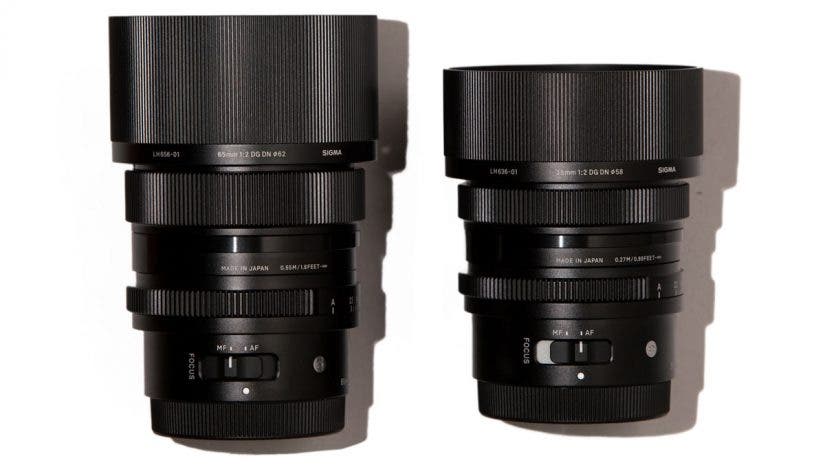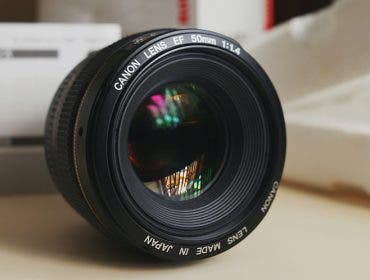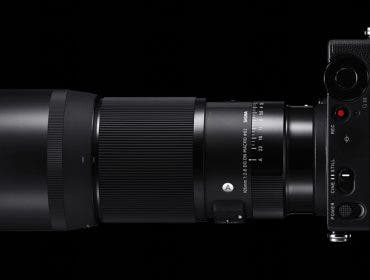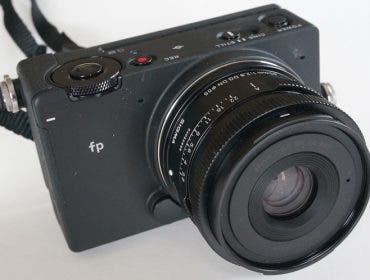They say that the best camera is the one you have with you, and for or me, the biggest factor in whether or not I have a camera with me when I’m walking around is weight. A few years ago, I finally made the switch to the mirrorless world, and while the camera was significantly lighter, I was adapting my old DSLR lenses to work with the E mount body. The whole system was still too heavy for a daily carry. But with this morning’s release, Sigma has just solved that problem. This past week, I had the chance to test two lenses from the new full-frame mirrorless Sigma I Series.
I got my hands on the 35mm F2 DG DN lens and the 65mm F2 DG DN lens. Both primes are from the Contemporary line, and I was pleasantly surprised with the light weight and overall performance of these new lenses.
The full Sigma I Series includes the following lenses:
- 35mm F2 DG DN | Contemporary ()
- 65mm F2 DG DN | Contemporary ()
- 24mm F3.5 DG DN | Contemporary ()
- 45mm F2.8 DG DN | Contemporary ()
All of the lenses above are available for the L-Mount or Sony E mount. While the series includes the four lenses, I was able to test two, and photographer Jesse Rinka tested the 45mm F2.8 (released earlier). You can read his in-depth hands-on review here.
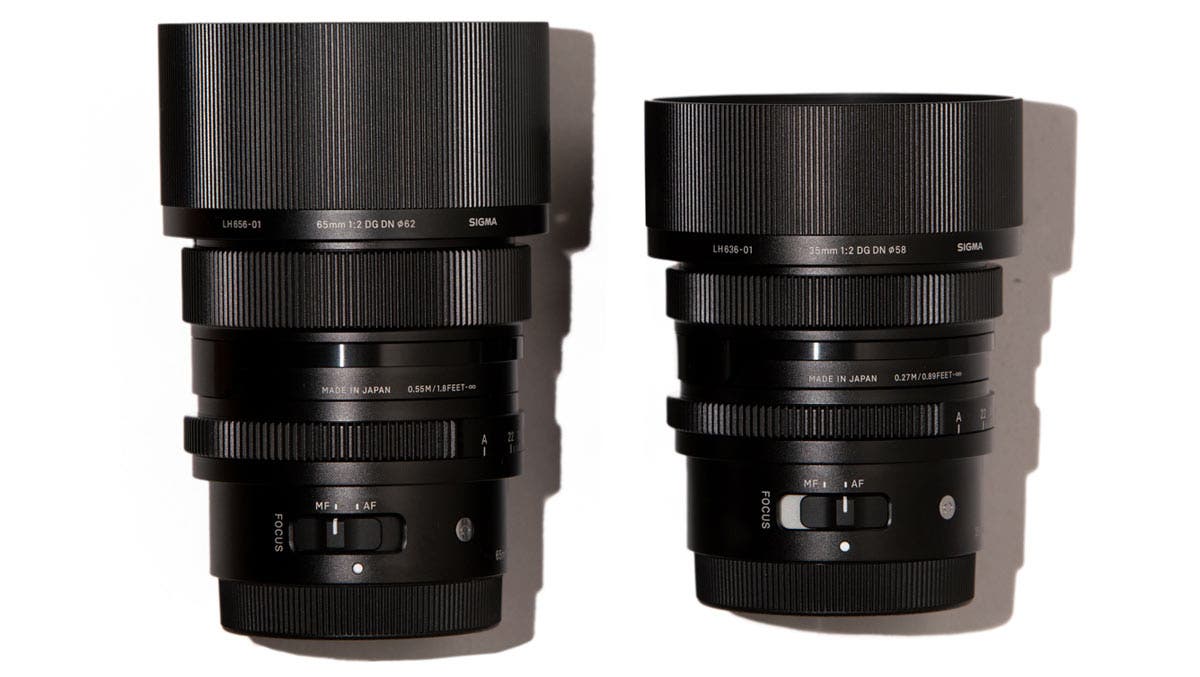
Sigma I Series Lenses
The 35mm F2 lens is really one of my favorite focal lengths for a full-frame prime lens. It’s wide enough and fast enough to capture most street scenes, but not too wide to create some really immersive portraits. My old 35mm F1.4 SLR lens basically lives on my camera, so I was excited to test out this latest offering from Sigma (above, right). While a maximum aperture of F2 is slightly slower than other primes, the lens still produces beautiful bokeh in close-focus situations.
Going into this test, I was really curious about how the 65mm (above, left) would handle portraits, as it falls right in the middle of the 50mm and 85mm focal lengths I’d usually go with. Fortunately, it actually feels like the perfect compromise between those two lenses. Even though it’s a stop slower than my 50, its extra 15mm allows you to get that great bokeh.
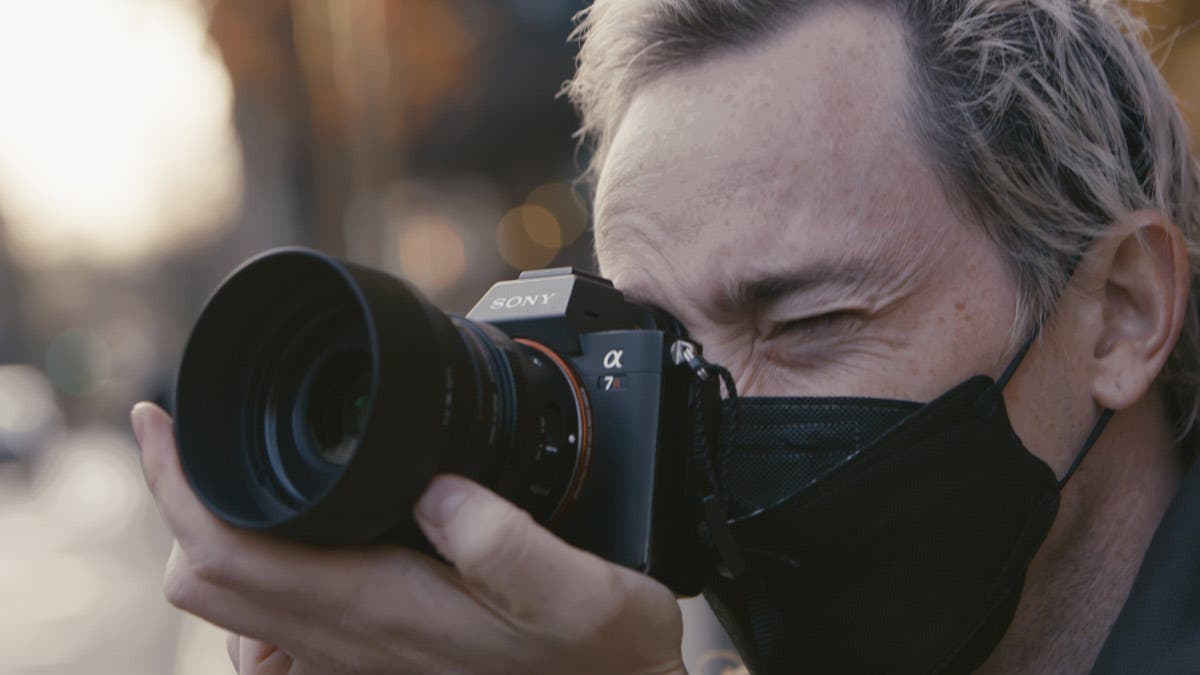
Lens build & size
The first thing you’ll notice when you pick up either of these lenses is their superior build quality and size. As they are a part of Sigma’s I series in their Contemporary line, they are affordable and perfect for photographers of all levels.
Meanwhile the front lens element is a little smaller than some other lenses I have used in the past, but the build quality with these is truly second-to-none. Both lenses are entirely constructed of metal and feel super solid when mounted on the camera. Even the included lens hoods are made of aluminum, and while this might seem like an insignificant detail, it really adds to the overall high-end feel of theses lenses. With each of them weighing in at under a pound, these Sigma I Series lenses are the perfect complements to an already lightweight camera system, and are ideal for those who like to keep a camera on them at all times.


A focus on focus
It’s clear that Sigma really focused on the user experience when designing theses lenses. While most photographers these days will rely on the lightning fast autofocus capabilities of these lenses, the manual focus rings are about perfect— just the right amount of resistance and a long focus throw— and allow you to nail the focus every time. Even on the really high-dollar E mount lenses I have used, the focus rings usually have almost no feel to them, and the focus throw is just too short to accurately focus when wide open.
Another feature I think old school shooters out there will really appreciate is the external aperture ring. While I’ve gotten so used to adjusting the aperture with the dials on my camera, this is a nice option if you want that legacy film lens feel.
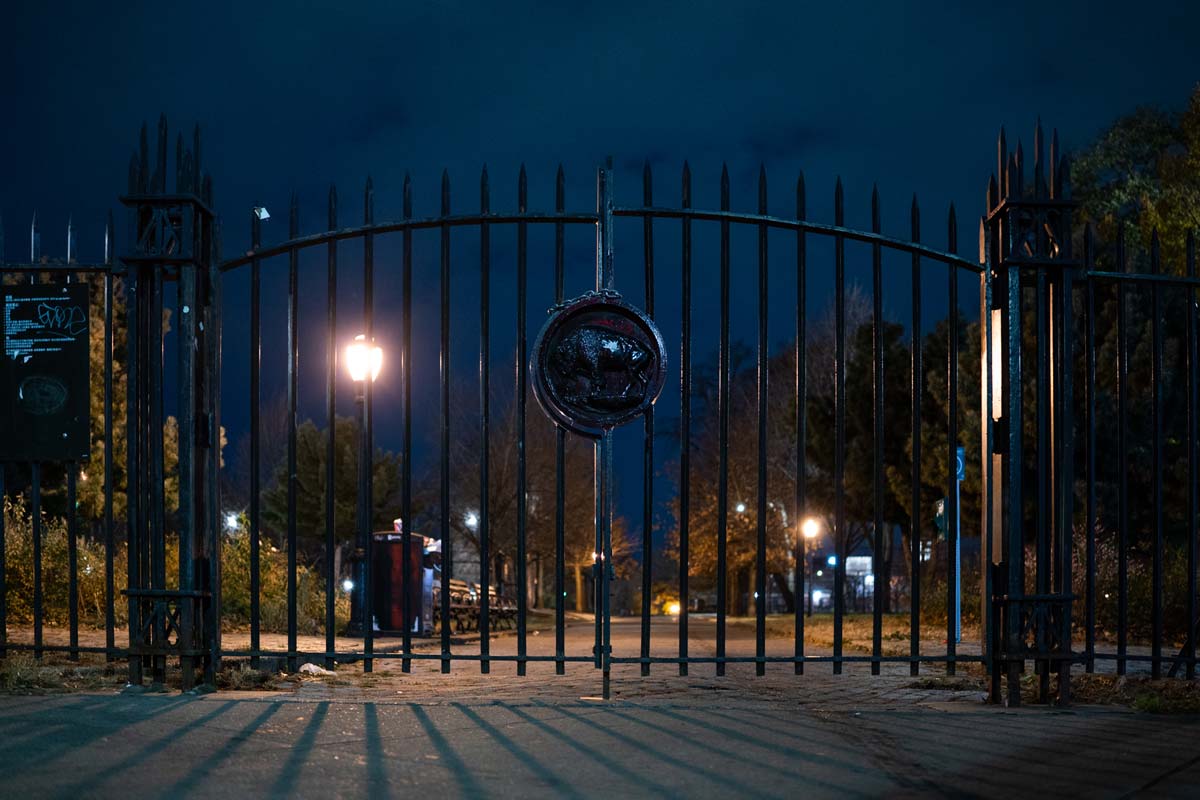
Never-lost lens caps
If you’re like me, you’ve probably lost every lens cap you’ve ever owned. Fortunately, Sigma has included an entirely new feature with this line of lenses — a magnetic lens cap system. The optional magnetic cap holder actually makes for a really streamlined system. I clipped it onto my jeans when I was walking around and never once did the lens cap fall off the holder. I actually really missed this feature when I went back to shooting with my own glass.
Overall, I really enjoyed shooting with these lenses. And at this price point, it’s clear Sigma has invested in this affordable line. With their amazing build quality, fast autofocus, and super light weight, I think they would make great additions to any street photographer’s lens bag.
Feature photo by Cooper Naitove
